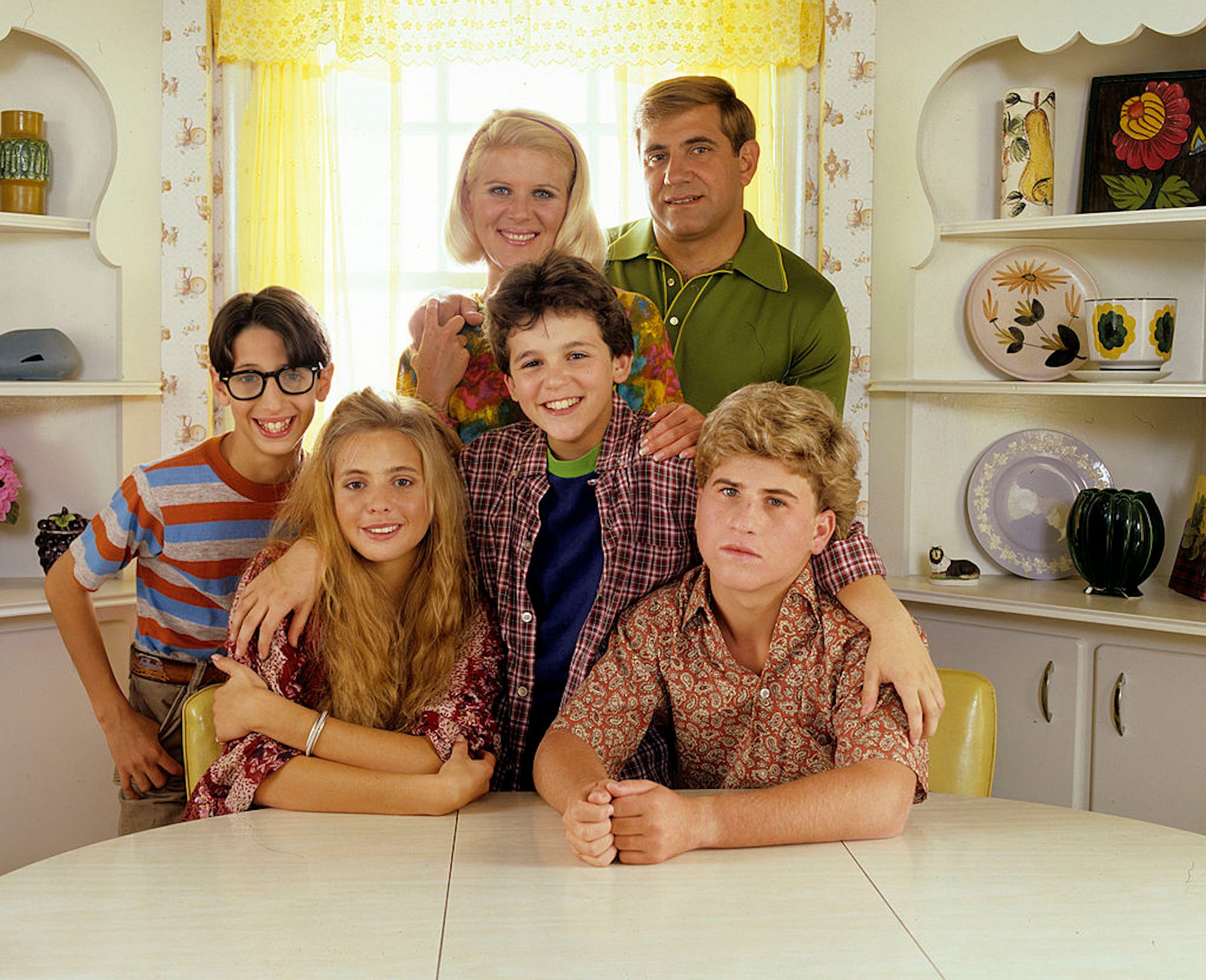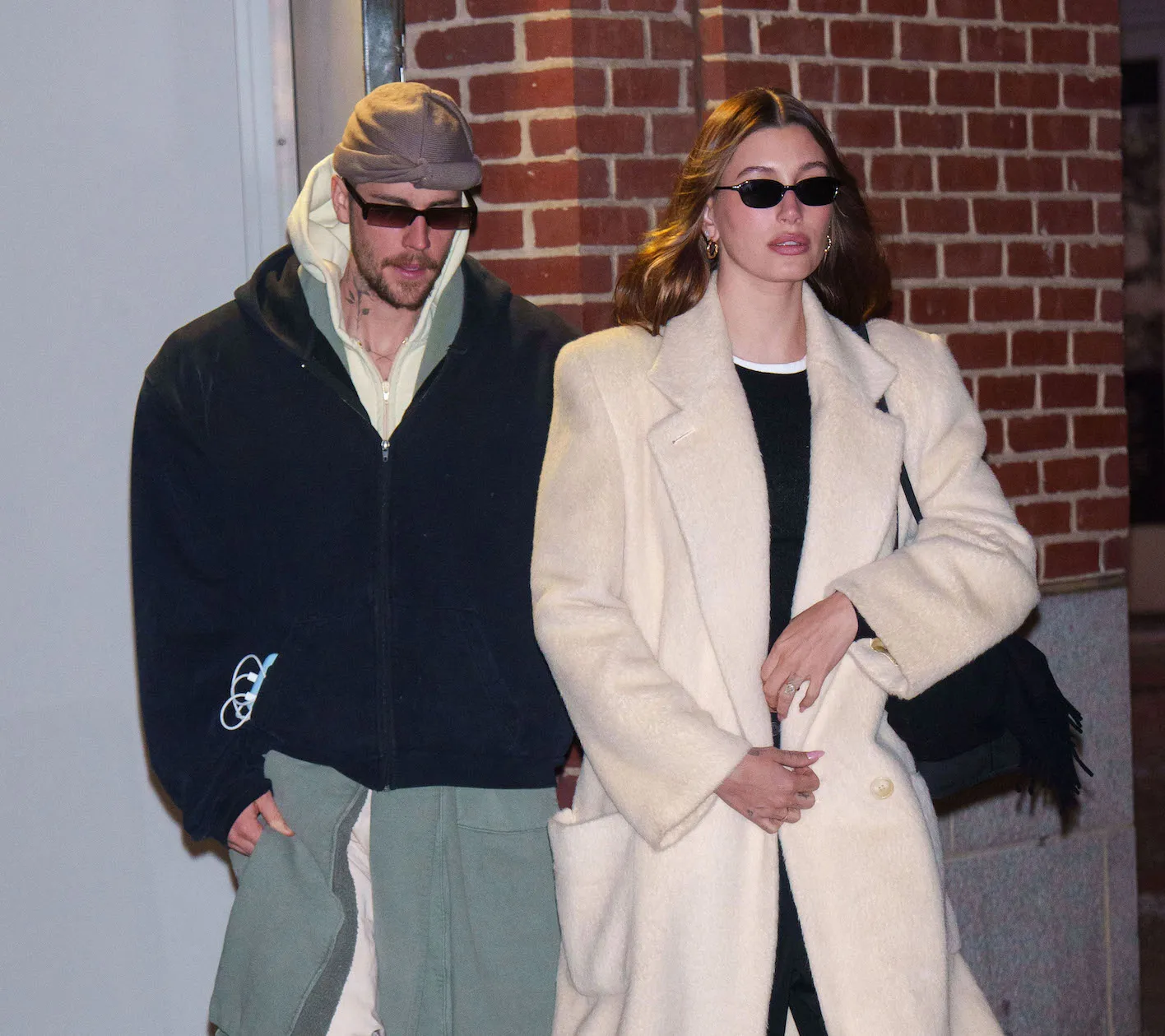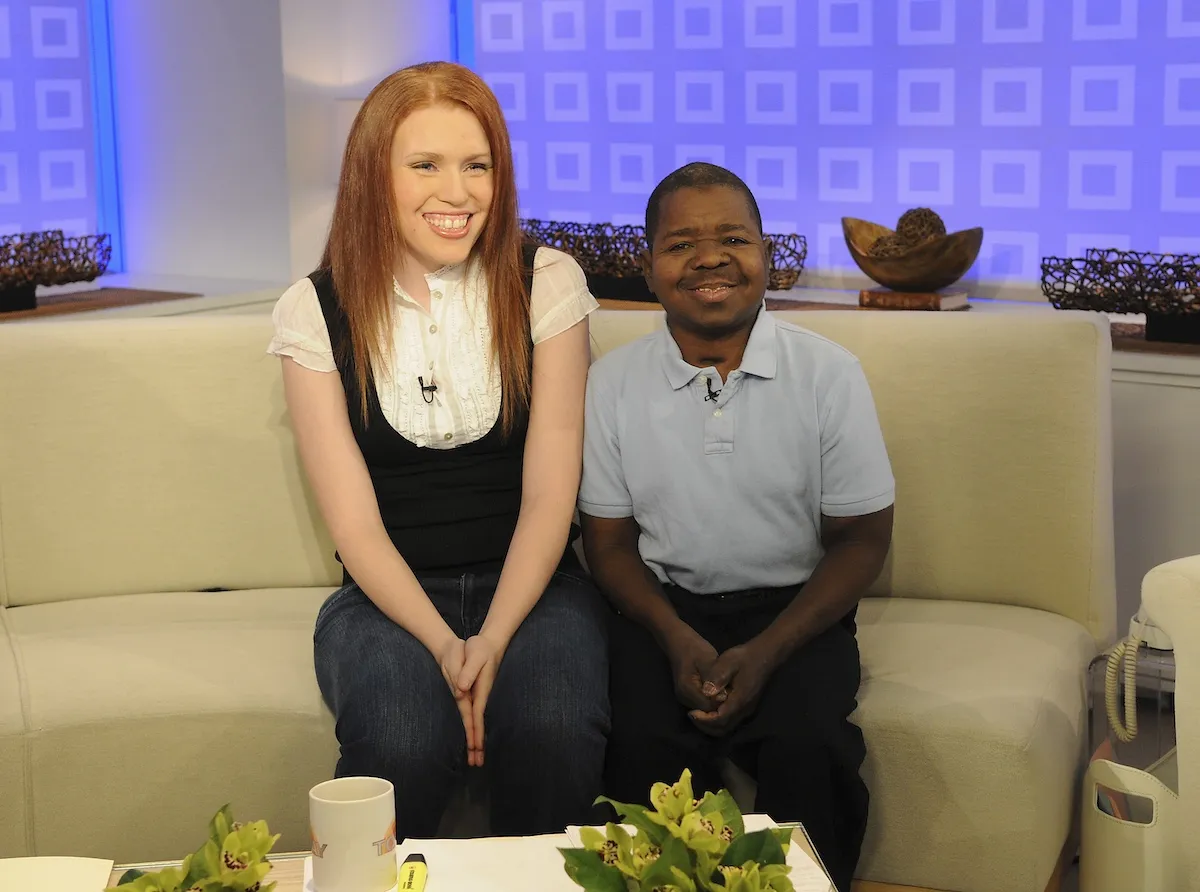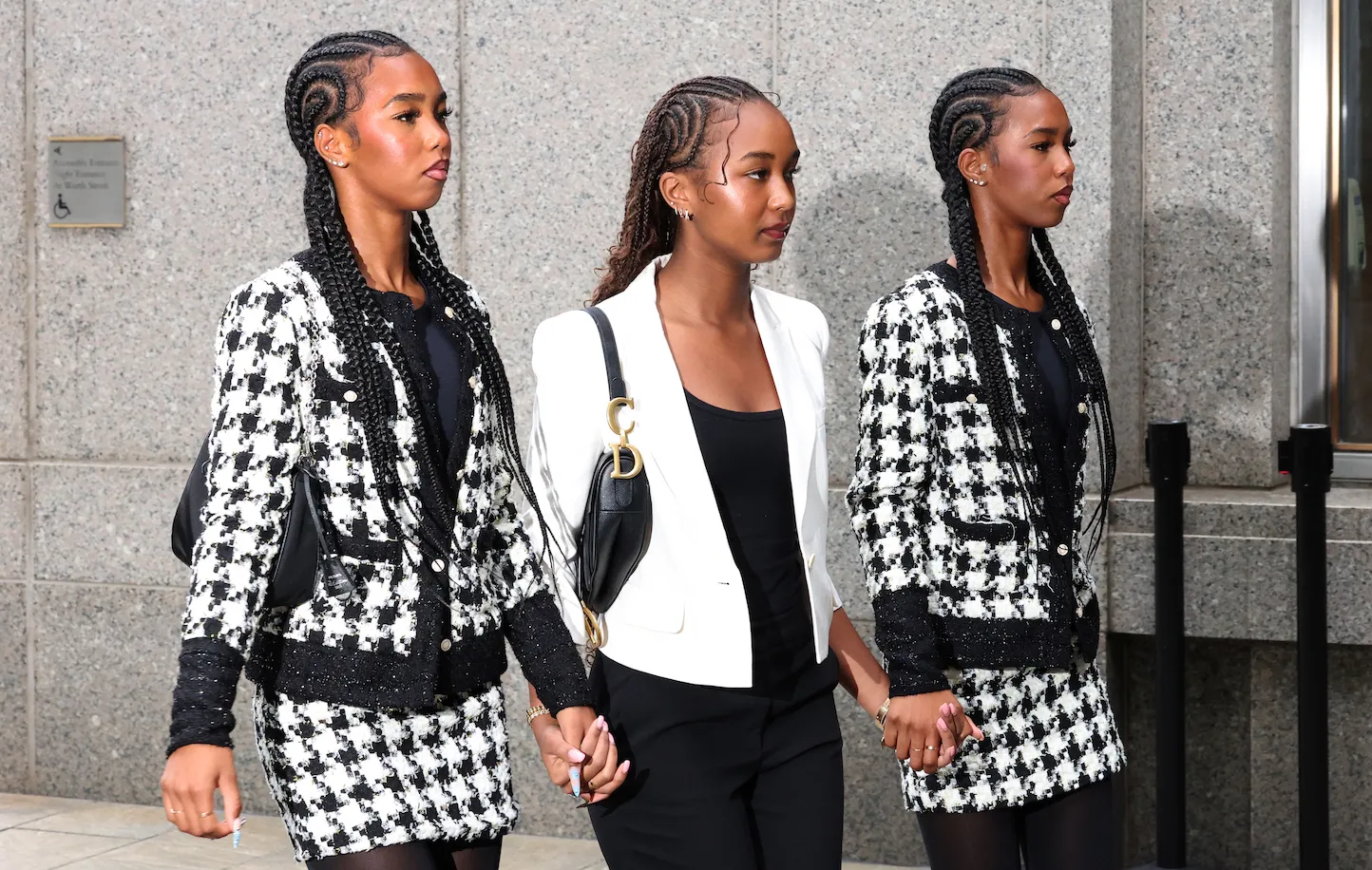The Ending of ‘The Wonder Years’ Wasn’t Supposed to Make Audiences Happy
As far as coming-of-age movies go, most of them always finish on a high note, with the protagonists ending up together. However, sometimes show creators break the mold and give audiences a not-so-satisfying ending.
The Wonder Years was a show about growing up. Although the show wasn’t a rating juggernaut, it did exceptionally well and broke boundaries. The show might have had a good storyline, but its audience hated the ending. As it turns out, the show’s finale wasn’t supposed to make audiences happy.
The show followed the adventures of Kevin Arnold

The Wonder Years was a show set in the late ’60s about a teenager navigating through life and relationships. The show centered around Kevin, his best friend Paul, his love interest Winnie and his family.
Kevin’s father, Jack, has a management job at NORCOM, while his mother, Norma, is a housewife. He also has two older siblings Wayne and Karen.
Kevin’s adventures are often told through his reflections as an adult in his ’30s. In the show’s pilot, Winnie and Kevin shared a kiss which they never talked about. The two shared unspoken feelings for one another that laid the foundation for a significant storyline throughout the series.
Throughout the show, Winnie and Kevin break up and get back together. They date other people but seemingly find their way to each other. Winnie briefly dated Kirk McCray, a popular 8th grader, and Kevin moved on with Becky Slater.
After breaking up with Becky, she became a constant nuisance in Kevin’s life. Winnie ended up breaking up with Kirk, and she and Kevin shared their second kiss. After Winnie’s family moves, she and Kevin decide to try a long-distance relationship, but Kevin meets Madeline, and Winnie starts dating Roger.
Neither relationship lasted long, and the two reunited after Winnie got into a car accident. Earlier seasons of The Wonder Years focused primarily on the Arnold household and Kevin’s academic struggles. However, in later seasons, the storylines began focusing more on Kevin’s dating life and his friends.
ABC didn’t want the show to have a specific location
The Wonder Years never specifically mentioned where the Arnold family lived. The show’s co-creator, however, said that they had an excellent reason for failing to disclose the family’s location. Neil Marlens borrowed heavily from his upbringing to create the show, and he had hoped to use his hometown as the show’s setting.
The Wonder Years co-creator grew up in Huntington, about an hour outside of Midtown Manhattan. ABC, however, didn’t like the idea and decided to use the same format as Leave It To Beaver to solve the location issue.
The network wanted to ensure that the show would appeal to a broader audience and not just a specific location. Although there is no official location setting, the license plates in the show suggest that the Arnolds could have lived in California or New York.
The show’s creators didn’t want to give an obvious ending
Winnie and Kevin’s relationship had been a major storyline for the show. It, therefore, made sense that audiences would want the couple to have their happily ever after in the end.
However, the show’s ending saw Winnie moving to Paris to study history while Kevin remained in the US.
They wrote to each other frequently for eight years, and when Winnie returned, Kevin met her at the airport, his wife and eight-month-old son in tow. Mental Floss reports that the show’s creators wanted to show their audience that sometimes things don’t work out the way you’d like them to.
Bob Brush, The Wonder Years executive producer, said, “it seemed more nurturing to me to say that we leave these things behind and we go on and forge new lives for ourselves.”


